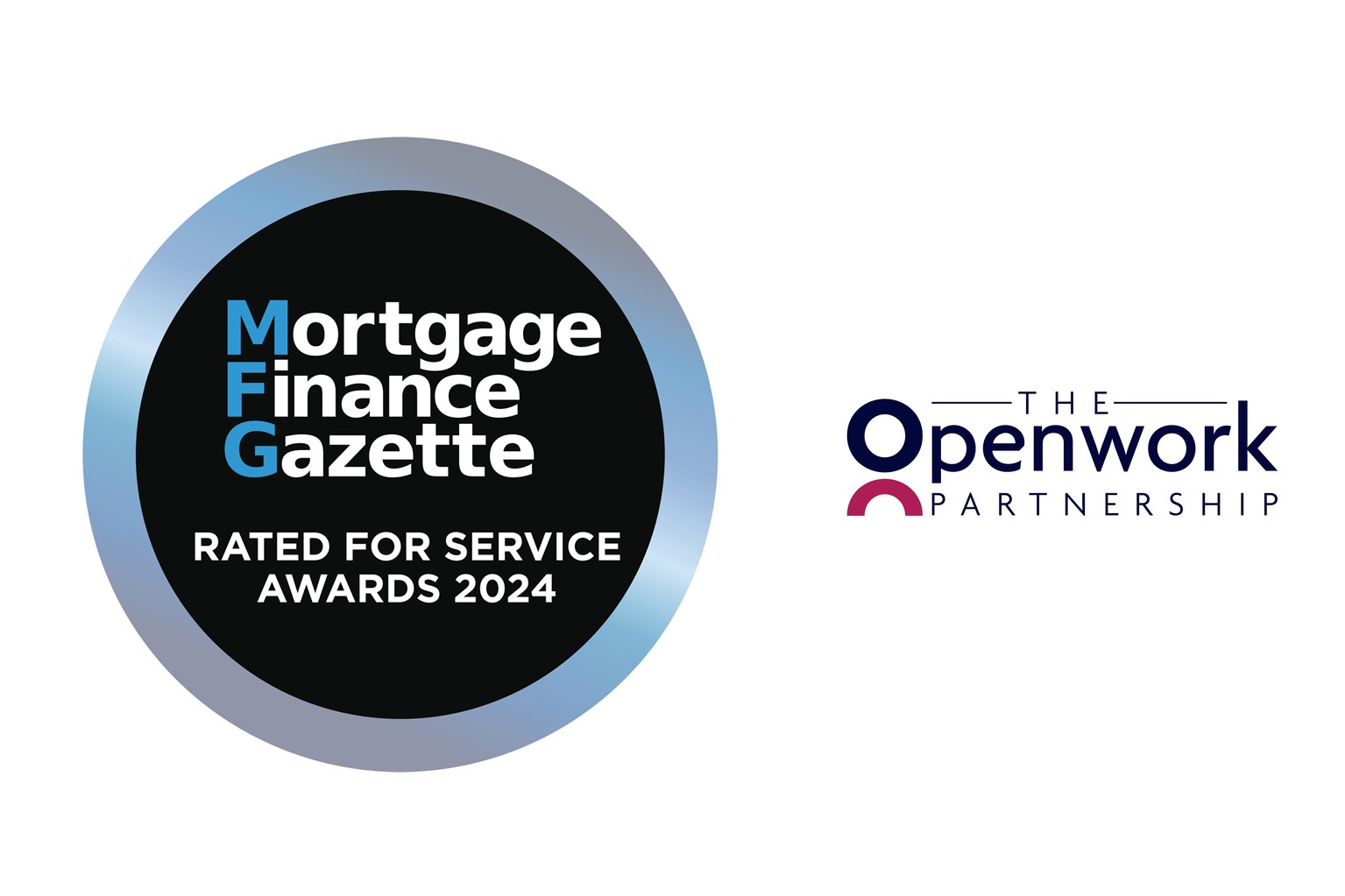
It has been almost one year since we embarked on our inaugural Mortgage Finance Gazette Rated for Service Awards, in association with the Openwork Partnership.
The initial goal of Rated for Service was to acknowledge and applaud lenders who had exceeded expectations in serving the broker community while also providing lenders with an annual benchmark for evaluating the quality of their service.
Our first Rated for Service undoubtedly achieved this, gathering invaluable insights from over 800 brokers and producing some enlightening results along the way. As we launch the second edition, we are determined to exceed the number of brokers surveyed.
Submissions are now open and we are once again giving brokers the opportunity to score lenders across five key service areas in mainstream, specialist, and buy-to-let markets.
Ahead of our next round of scores, we have spoken with Openwork’s mortgage proposition director, Paul Shearman, about how the data and scores were received by lenders and the anticipated impact on their service.
Reactions to the scores
“Overall, the response was unanimously positive from lenders,” Shearman says. “As the survey was conducted shortly after the chaos that followed former Prime Minister Liz Truss’s mini-budget, there was a degree of apprehension from some, given in the months prior to the survey, some lenders’ service was perhaps not at the level they wanted it to be,” he notes.
Nevertheless, the overall timing of the survey proved beneficial for lenders. “The survey took place post-pandemic, when most lenders were starting to return to a steady state and were quite eager to understand how brokers’ views had developed. The scores were almost serving as a new baseline upon which they could build,” he explains.
There were also several lenders who underwent changes in senior management around the time of the survey, with a new leadership team eager to gain insights into brokers’ perceptions.
Shearman says there weren’t too many surprises for lenders in terms of their performance, as many typically receive feedback from their sales teams and BDMs, which means they often have their finger on the pulse.
“What sets Rated for Service apart is that it provides scores from a relative standpoint, allowing lenders to see how they compare to their peers. This benchmarking data offers a quantitative, empirical, external and independent analysis of their position, rather than solely relying on their internal assessments,” he explains.
For those who were performing well, Rated for Service validated this, he says. While for those performing less favourably it confirmed the need to address issues and where to target.
“There were a couple of lenders who were pleasantly surprised: those who were aware of issues but weren’t necessarily expecting the results to be as positive as they turned out to be,” he reveals.
From a personal standpoint, Shearman was somewhat taken aback by the strength of the scores, considering some of the market turbulence towards the end of 2022.
“The scores show brokers recognised that lenders were managing an incredibly challenging environment reasonably well,” he suggests.
One observation Shearman noted was how well the more generalist lenders scored, particularly in the Buy-to-Let (BTL) category.
“I had expected that, because of their expertise, the specialist BTL lenders would come out on top,” he says.
He suggests this could be explained by such lenders handling more complex cases, which could be more challenging to complete.
“It could also be the halo effect,” he says. This he explains is where a broker might work regularly with a lender for mainstream cases and be comfortable with their BDMs and systems.
In contrast, when dealing with smaller lenders, just once every six months, that level of familiarity might not be present.
What’s in store for the next set of scores?
“I’d be disappointed if we didn’t see improvement in the forthcoming survey results,” says Shearman.
As part of the response to the survey, brokers also submitted around 1,200 comments. Of these, 631 were negative, and 654 were positive.
“There was plenty for lenders to sink their teeth into,” he says.
Interestingly, whether positive or negative, the majority of comments related to lenders’ sales support and communication.
“It shows the importance of ongoing advisor engagement and communications. Hopefully, lenders read the data and improved in this area,” he says.
Strategic focus was the area that received the second most commentary, with specialist lenders generally performing better.
“This could be because they are 100% intermediary-focused and, therefore, go the extra mile to support brokers,” Shearman suggests.
“I’m hopeful the survey has reinforced the importance of lenders valuing brokers and aligning their businesses with their needs,” he adds.
The area that, perhaps surprisingly, received the least commentary was technology.
“There were some comments about certain lenders where it felt as if the only option for having a dialogue was through a computer,” he says. “The lenders that received the strongest scores were those with robust technology but also the ability for brokers to have some human interaction, not necessarily face-to-face but having somebody to talk to. This is another area I hope lenders will focus on,” he says.
Looking ahead to how brokers might rate lenders this time around, Shearman notes that market conditions have generally stabilised compared to the end of 2022, with more consistent product pricing.
However, there are still challenges: “Client circumstances may have become more complicated, with more people facing financial struggles and affordability issues,” he points out.
While he remains optimistic about improved scores, he says, “Let’s see if brokers who are at the coalface have seen improvements in their dealings with lenders.”
So, be sure to make your voice heard and take part in our Rated for Service survey, which can be found by clicking here.
The survey will close on Friday, 1 December.



